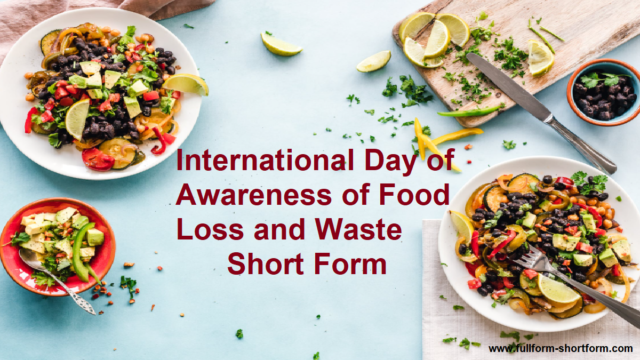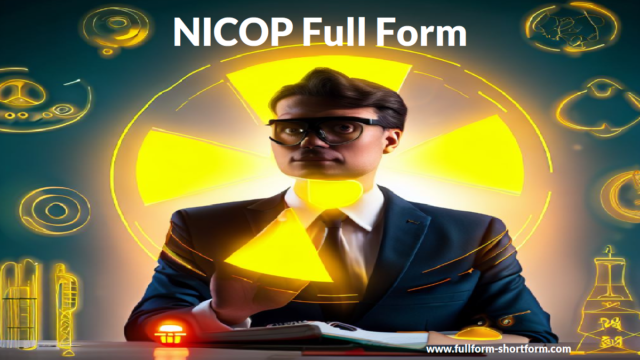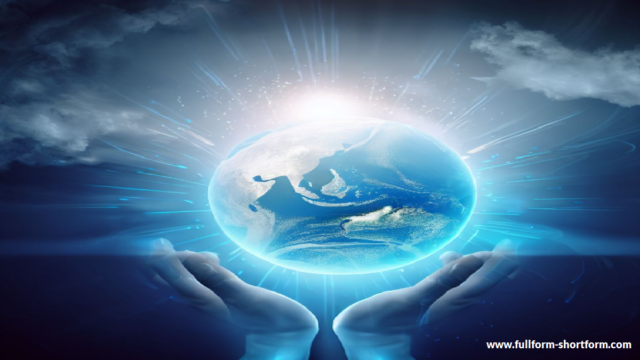International Translation Day Short Form
Table of Contents
Celebrating Linguistic Diversity: International Translation Day
International Translation Day is an occasion that honors the invaluable role played by translators and interpreters in fostering global communication and understanding. This day, celebrated on September 30th each year, provides us with an opportunity to delve into the world of languages and appreciate the magic that occurs when words transcend barriers. Now, we will explore the history and significance of International Translation Day, the challenges faced by translators, and the importance of translation in our interconnected world.
International Translation Day Short Form
Short Form of International Translation Day is “ITD“.
The Origins of International Translation Day
Embracing St. Jerome’s Legacy
International Translation Day is celebrated on September 30th to commemorate the feast day of St. Jerome, a revered figure in the field of translation. St. Jerome, who lived in the 4th century AD, was a prolific translator and scholar. His most famous work, the translation of the Bible into Latin, known as the Vulgate, remains a masterpiece of translation even today. It’s no wonder that his legacy is celebrated on this day.
The Birth of a Global Celebration
The idea of observing International Translation Day was first proposed by the International Federation of Translators (FIT) in 1953. FIT is a global organization that represents translators and interpreters worldwide. Since then, this day has gained recognition and importance, shining a spotlight on the crucial role of translation in fostering cultural exchange and international cooperation.
The Significance of International Translation Day
Bridging Language Gaps
In our increasingly globalized world, language can be both a bridge and a barrier. International Translation Day reminds us that translators are the architects of these linguistic bridges. They enable us to communicate, share knowledge, and understand cultures that would otherwise remain distant and inaccessible.
Preserving Cultural Heritage
Languages are repositories of culture and history. Translators play a pivotal role in preserving this heritage by translating literary works, historical documents, and oral traditions into languages spoken and understood by wider audiences. This preservation of cultural diversity is one of the core missions of International Translation Day.
Challenges Faced by Translators
The Complexity of Language
Language is a complex and dynamic entity, translating a challenging endeavor. Translators must not only understand the words but also the nuances, idioms, and cultural context behind them. It requires a deep understanding of both the source and target languages.
The Demand for Precision
In fields such as legal, medical, and technical translation, precision is paramount. A small mistake can have significant consequences. Translators must navigate this demand for accuracy while ensuring the translated text flows naturally.
The Role of Technology in Translation
In recent years, technology has transformed the field of translation. Machine translation tools, like Google Translate, have made basic translation accessible to millions. However, they are far from perfect and often lack the finesse and cultural sensitivity that human translators bring to the table.
Celebrating International Translation Day
Embracing Multilingualism
On International Translation Day, individuals and organizations around the world come together to celebrate the diversity of languages. It’s a day to recognize the unsung heroes who make it possible for us to understand and appreciate the beauty of languages from all corners of the globe.
Promoting Language Learning
International Translation Day also serves as a reminder of the importance of language education. Learning a new language not only enhances communication but also fosters empathy and cross-cultural understanding.
Conclusion
International Translation Day is a tribute to the power of language and the professionals who make it accessible to everyone. It reminds us that, in an interconnected world, translation is the key to breaking down barriers and celebrating our shared humanity.
FAQs
- Why is International Translation Day celebrated on September 30th?
International Translation Day is celebrated on September 30th to honor the feast day of St. Jerome, a renowned translator and scholar.
- What is the significance of St. Jerome in translation history?
St. Jerome is known for his translation of the Bible into Latin, called the Vulgate, which remains a masterpiece of translation.
- How does technology impact the field of translation?
Technology has made basic translation more accessible, but human translators are still essential for nuanced and culturally sensitive translations.
- What can individuals do to celebrate International Translation Day?
Individuals can celebrate by acknowledging the importance of translation, learning new languages, and showing appreciation for translators’ work.
- How does translation contribute to preserving cultural heritage?
Translation allows cultural works and historical documents to be accessible to wider audiences, ensuring the preservation of cultural diversity.














